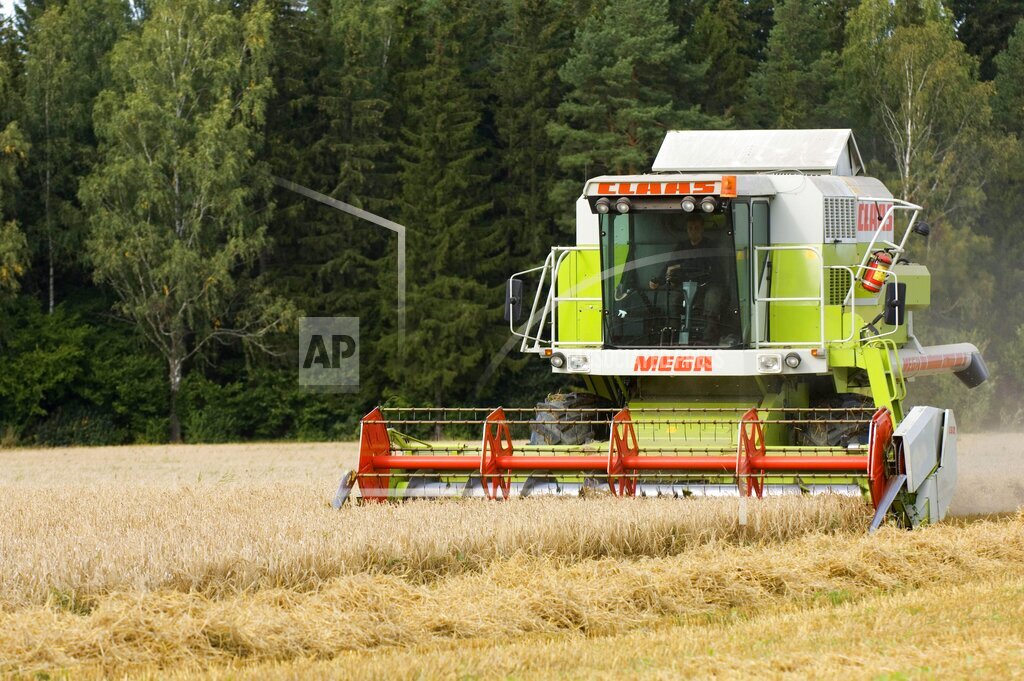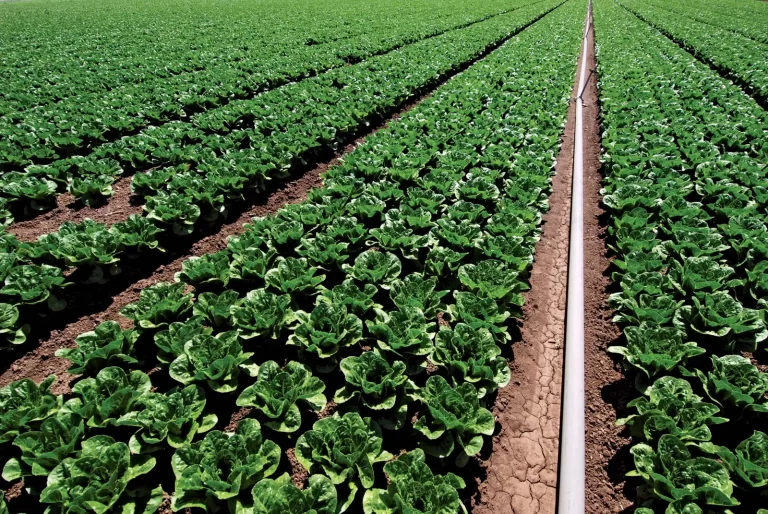
Large-scale agricultural practices are not environmentally sound and haven’t been for a while. Monocropping, the practice of planting a single crop year after year on the same land, may have some short-term benefits, such as predictable yields and profitability. However, in the long-run, it poses threats to soil biodiversity and sacrifices the nutrition of our food. Many environmental activists will take this information and use it in support of anti-subsidy arguments. However, these should be scrutinized. We shouldn’t abandon agricultural subsidies; rather, we should reform them.
Farm subsidies were initially implemented during the Great Depression when President Franklin D. Roosevelt signed the Agricultural Adjustment Act into effect as part of the New Deal in 1933. This was intended to help stabilize markets, help low-income farmers, and aid rural development. This relief bill allotted farmers a subsidy plan, stabilizing their stream of income. These policies have shifted slightly, but remained largely uniform over time; today, about forty percent of large-scale farmers’ incomes come from these government-issued subsidies.
Today, the U.S. Department of Agriculture (USDA) runs more than 60 direct and indirect subsidy programs. A majority of the direct aid goes to a small handful of field crops rather than livestock, producers, or fruit and vegetable growers. In fact, more than 70 percent of the handouts go to farmers of a mere three crops: corn, soy and wheat.
There are reasons for this. The United States has been able to engineer these crops to produce historically unfathomable yields. In the 1950s, following the adoption of nitrogen fertilizer, chemical pesticides, agricultural mechanization and improved soil, the annual bushel-per-acre yield for corn doubled from 0.8 to 1.9 bushels. In fact, corn yields grew so much that we needed to find new uses for corn, including ethanol and high-fructose corn syrup.
There is an argument for allocating economic resources towards these crops: farming can be unpredictable, and with an ever-increasing population, the government wants to ensure as much food as possible without allowing weather or market fluctuations to harm yields. However, by repeatedly planting the same crops on the same fields and flooding the land with synthetic fertilizers and pesticides, soil health is degrading. Healthy soil is stock-full of large and small bacteria, performing a number of functions including soil aeration to make nutrients available for plants. Without healthy soil, the nutrition of our food is compromised.
In a society that already struggles with a class-stratified nutrition gap, we should strive for environmentally sustainable agricultural practices that yield a variety of nutrient-dense fruits and vegetables. This would require a restructuring of our agricultural subsidies, which may not be such a bad thing.
We have over-subsidized the wrong sectors of agribusiness. Farm subsidies should expand beyond their current concentration to include small-scale farmers who use regenerative practices. As climate change continues to ramp up, the government’s response needs to ramp up with it. Agricultural subsidies do have a place in the economy, but should be expanded to fix the issues posed by an excessively monocropped agricultural system.


